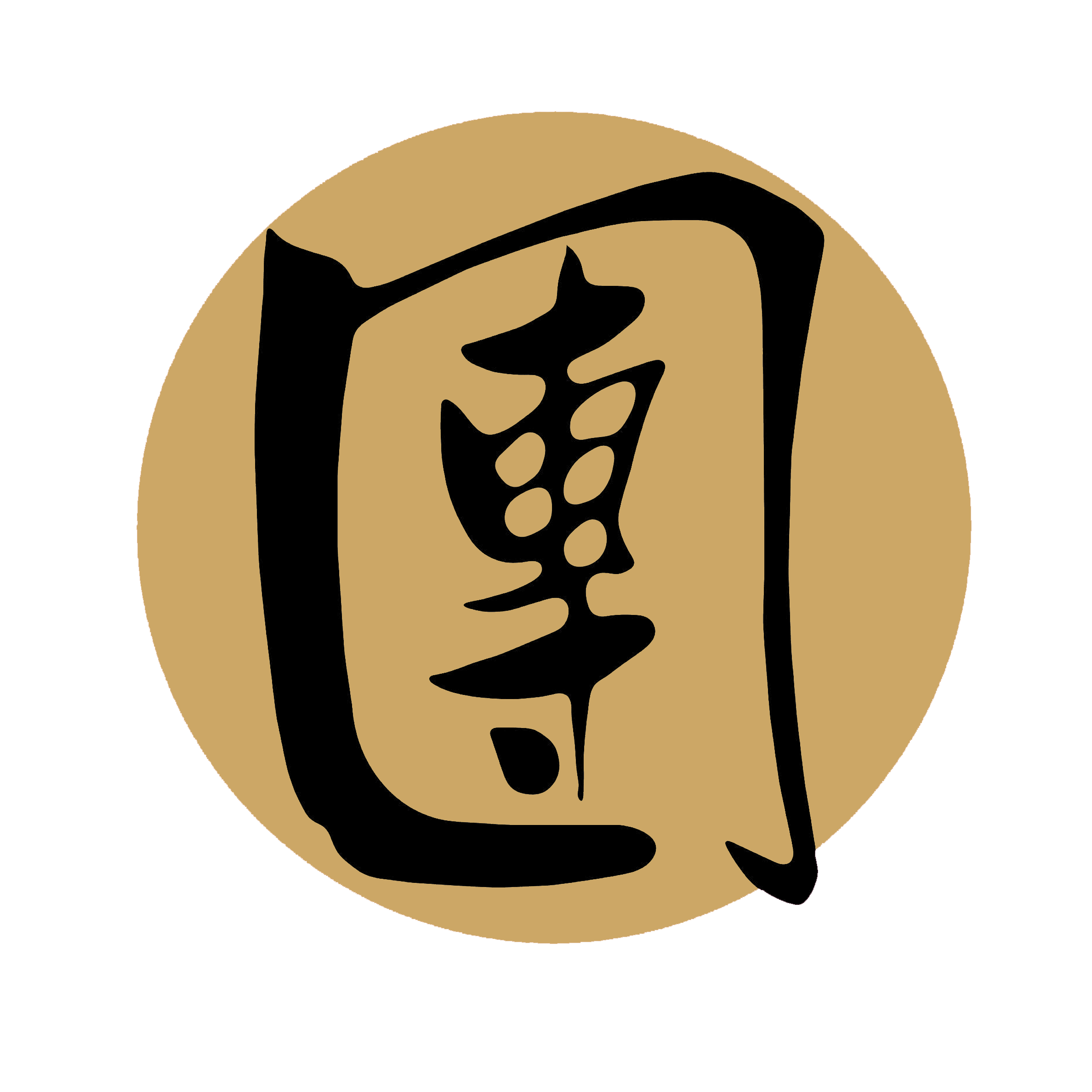39. Jin-ji: Choy Li Fut Kung Fu Technique
Unlocking the Power of Jin-Ji: Exploring the Art of Arrow Finger Strikes in Martial Arts
Jin-Ji, also known as Arrow Finger, is a unique and powerful striking technique that has its roots in traditional martial arts. This technique involves delivering precise strikes with the fingers, specifically targeting vulnerable points on the opponent's body. In this article, we will delve into the mechanics, applications, and training methods of Jin-Ji, shedding light on its significance and effectiveness in martial arts.
The execution of Jin-Ji requires practitioners to extend their fingers, with the index and middle fingers usually used for striking. The striking surface is typically the tips of the fingers, which are driven into vital areas such as the eyes, throat, or pressure points. Unlike traditional punches or palm strikes, Jin-Ji offers the advantage of a focused and penetrating attack, capable of inflicting significant pain and disruption to the opponent.
To maximize the effectiveness of Jin-Ji, proper finger alignment and technique are essential. Practitioners must train to develop finger strength, flexibility, and control to ensure accurate and forceful strikes. Precision and accuracy in targeting specific vulnerable points are crucial to optimize the impact of Jin-Ji. This requires extensive training and honing of one's tactile sensitivity, hand-eye coordination, and reflexes.
The applications of Jin-Ji extend to both self-defense situations and martial arts competitions. In self-defense scenarios, the ability to strike precise targets with Jin-Ji can quickly incapacitate an assailant and create opportunities for escape. In martial arts competitions, Jin-Ji can be utilized strategically to gain points or subdue opponents within the rules and regulations of the sport. Its unique nature often catches opponents off guard, making it a valuable technique in various combat scenarios.
Training in Jin-Ji involves a combination of solo practice, partner drills, and target training. Solo practice focuses on developing finger strength, dexterity, and accuracy. Practitioners engage in finger exercises, such as finger push-ups or grip strengthening exercises, to enhance their finger control and striking power. Partner drills involve practicing Jin-Ji strikes on focus mitts or striking pads, allowing practitioners to refine their targeting, speed, and accuracy. Additionally, specialized training equipment, such as wooden dummies or pressure point training aids, can be utilized to simulate real-life scenarios and enhance the effectiveness of Jin-Ji.
Beyond its practical applications, Jin-Ji carries important philosophical elements inherent in martial arts. It requires discipline, focus, and control to harness the power of finger strikes effectively. Practitioners must cultivate a calm and centered mind, avoiding unnecessary aggression or harm. Ethical considerations should guide the practice of Jin-Ji, ensuring that it is used responsibly and within the boundaries of safety and respect for others.
In conclusion, Jin-Ji, the Arrow Finger technique, is a potent and specialized striking method in martial arts. Its precise targeting and penetrating power make it a valuable asset for practitioners seeking to enhance their combat skills. By understanding the mechanics, applications, and training methods associated with Jin-Ji, martial artists can unlock the full potential of this unique technique. With dedicated practice, ethical awareness, and a deep understanding of its principles, Jin-Ji can become a powerful tool in a martial artist's repertoire, enabling them to achieve mastery and excel in their chosen discipline.
